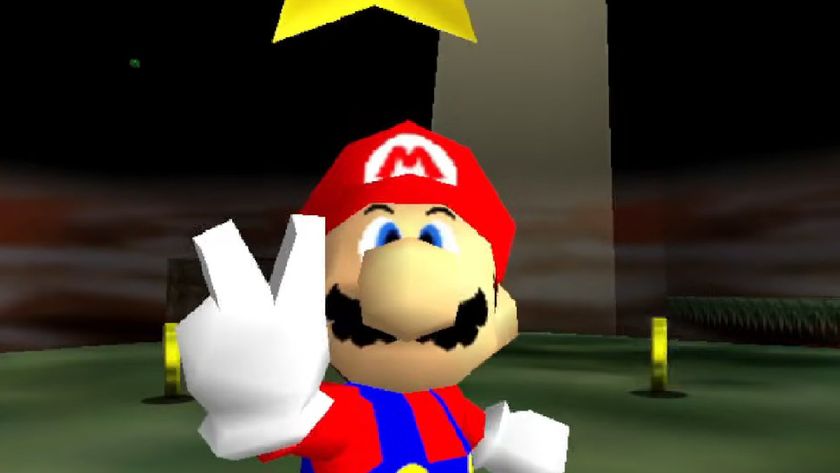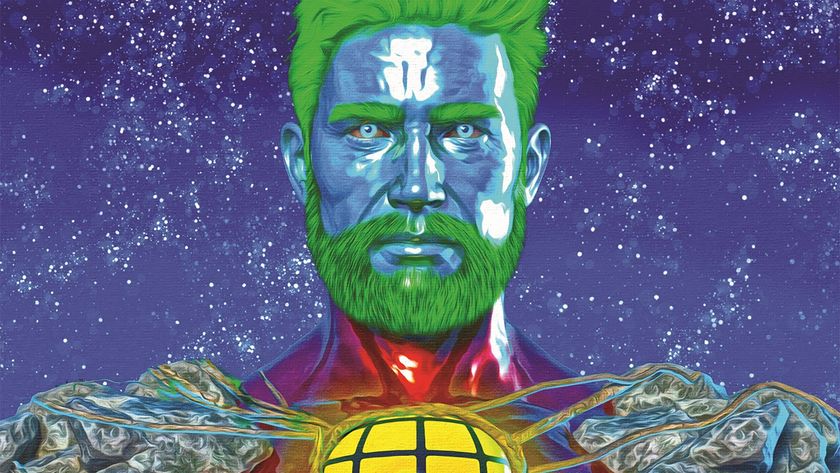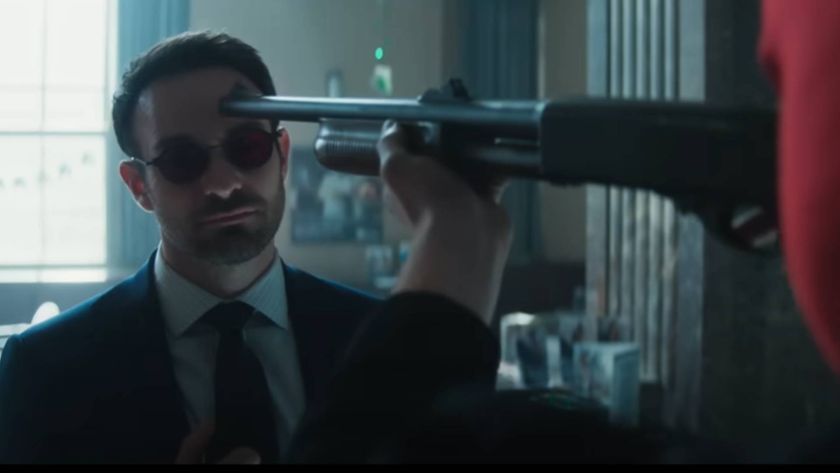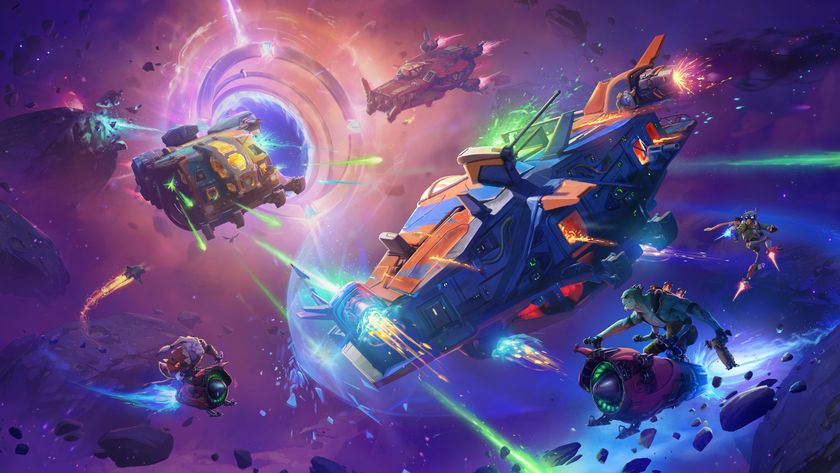Super Mario 3D Land interview - We talk with the director about secrets, Tanookis, and Mario's future
Koichi Hayashida shares with us some of his experience working on Mario titles for the last decade
GR: Similar to your team's tributes to Mario 3, did you draw any inspiration from SM3DL’s namesake, the Game Boy Mario Land titles?
KH: As it so happens, the Land part of the title didn’t make it into the working title until very late in the development process. It wasn’t really a key concept driving us from the beginning. But if I had to pick out one concept that was a nod to the Land games, as Fire Mario the fireballs bounce off of walls. That always makes me think of how fun it is to throw superballs around your room as a kid, and Mario Land had a similar transformation.
GR: What do you think is important to keeping the Mario series fresh every time?
KH: One element is that every time we come out with new hardware, the unique capabilities of that technology drives us to find new combinations for gameplay that’s familiar in the Mario universe, but made new by something special about that hardware. That combination of familiar and new, I think, gives people a sense of freshness.

GR: I really enjoyed the 2D Mario art in the postcards found during 3D Land. It reminded me of classic Mario box art. What was the reasoning behind their inclusion?
KH: The postcards came in pretty late in development. We were asking ourselves as we worked on the cinematic sequences how we could do to make it more than just another in-game movie. We realized because the 3DS had an SD card slot, we had an opportunity to add some art onto player’s SD cards for making it a certain distance through the game. Once those images were on the SD card, they could be used elsewhere and you could play around with them if you want to.
Also, when you look at the postcard, you can see the different layers in the stereoscopic view. Did you try shaking the system when looking at an image?
Sign up to the GamesRadar+ Newsletter
Weekly digests, tales from the communities you love, and more

GR: No, what happens?
KH: When you shake it the different layers of the postcard jumble around a little bit. They even have some animation you might not be expecting. The postcard you get for clearing the stage in World 4, you see an image of Peach praying next to the castle. If you shake it you’ll see images change in the background, including behind the castle walls you’ll see a Goomba pop out and occasionally even see Luigi.
KH: (Laughs, then walks over to poster in the room with that picture of Mario. Strikes similar pose.) “Woo!” (Laughs)
GR: Ok, that solves that. Were there any power-ups from Galaxy you wanted to bring to 3D Land but didn’t?
KH: There was certainly some talk when adding Fire Mario to 3D Land if it would be temporary like in Galaxy, or a permanent ability. Obviously we sided with permanent. Ultimately these games have such different designs that we didn’t find much that was transposable from one to the next. When talking about the transformations to add to 3D Land, if something had fit I think we would have used it.
GR: In the previous 3D Mario titles, you had a six sectioned circle to represent player health, but 3D Land returned to the classic three levels of Mario health. What was the reason for that?
KH: One of the game reasons we did it that way is because the stereoscopic view presents a problem if you have a lot of UI elements on the screen. As you’re moving around, if something pops out of the screen in front of a UI element, it can cause a stereo window violation, which is uncomfortable for the player. So we didn’t want to put any UI on the top screen if we could avoid it.

As for how we wanted to express Mario’s health meter, going with turning into small Mario when you take damage wasn’t something we thought about from the very beginning. It came a little later as a way to express taking damage.
Henry Gilbert is a former GamesRadar+ Editor, having spent seven years at the site helping to navigate our readers through the PS3 and Xbox 360 generation. Henry is now following another passion of his besides video games, working as the producer and podcast cohost of the popular Talking Simpsons and What a Cartoon podcasts.

















